How to fix a leaning fence the easy way — experts say you can save £100s on a new panel by using these £25 products instead
A cheat’s way to make your fence look as good as new
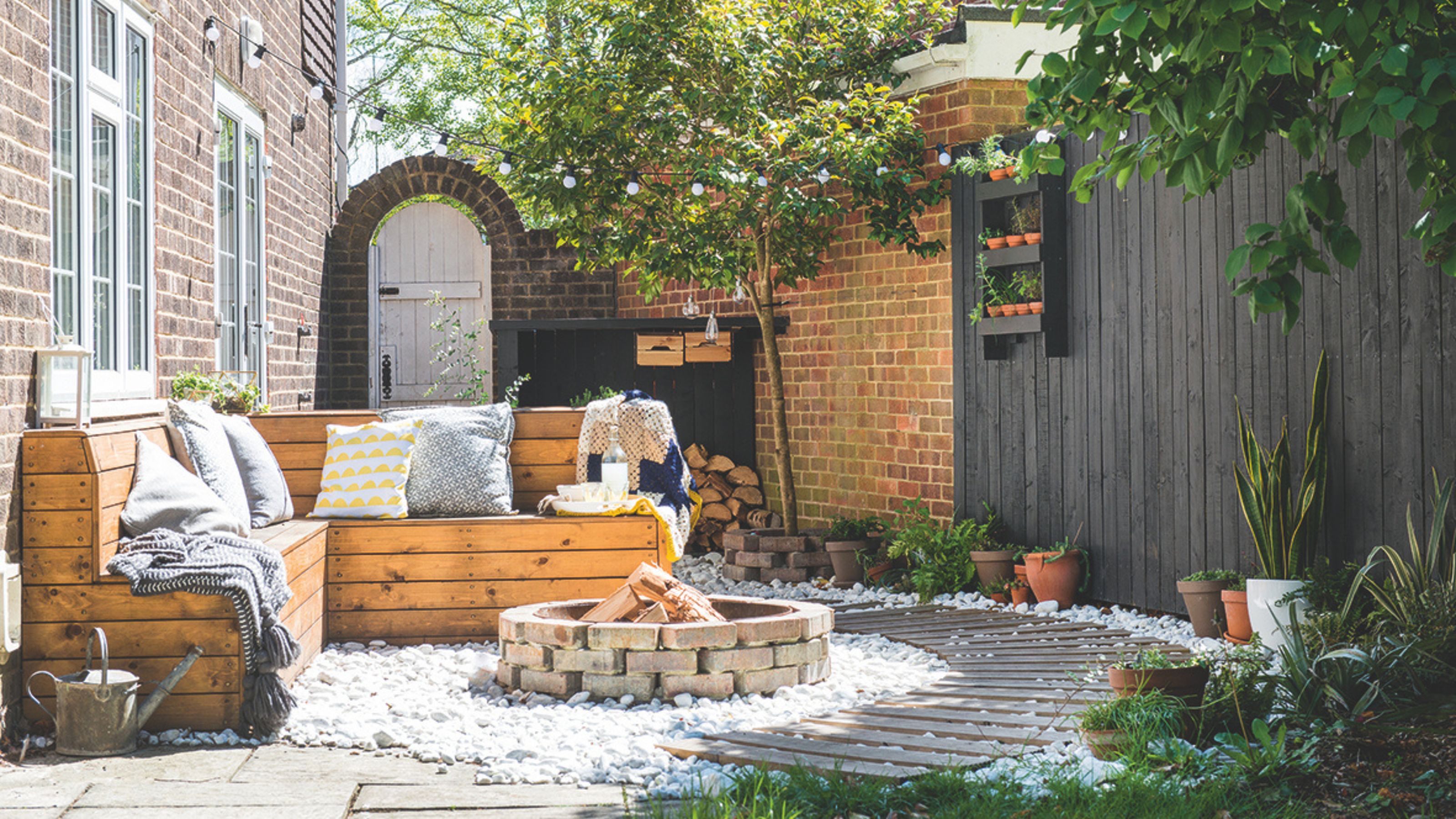

A leaning fence isn’t just an eyesore. If left to its own devices, it could cause even more damage and even lead to neighbourly disputes. But it’s worth knowing how to fix a fence the easy way before replacing it completely.
After all, anyone who has ever tried to fix a fence (either with the help of a professional or doing it themselves) will know that it’s both time-consuming and expensive. But if you have a leaning fence, you’ll be happy to know that you might not need to do a full repair. All it takes is a little support to save your garden fence ideas - quite literally.
This is echoed by Luke Dejahang, Director and Gardening Expert at Crown Pavilions, who says, ‘If your fence is leaning or bowing, it needs fixing, but it doesn't always mean you need an expensive replacement, which can cost £100 or more for a single wooden fence panel.’ So, this is the cheat’s way to fix a leaning fence without spending a fortune in the process.

Luke Dejahang is the Director of Crown Pavilions Ltd, the leading supplier of luxury garden buildings, including wooden gazebos, garden rooms, summer houses, and garden shelters. With over 18 years of experience, he has built a brand known for its unparalleled products and services, serving clients in the UK and France.
1. First, understand why it’s leaning
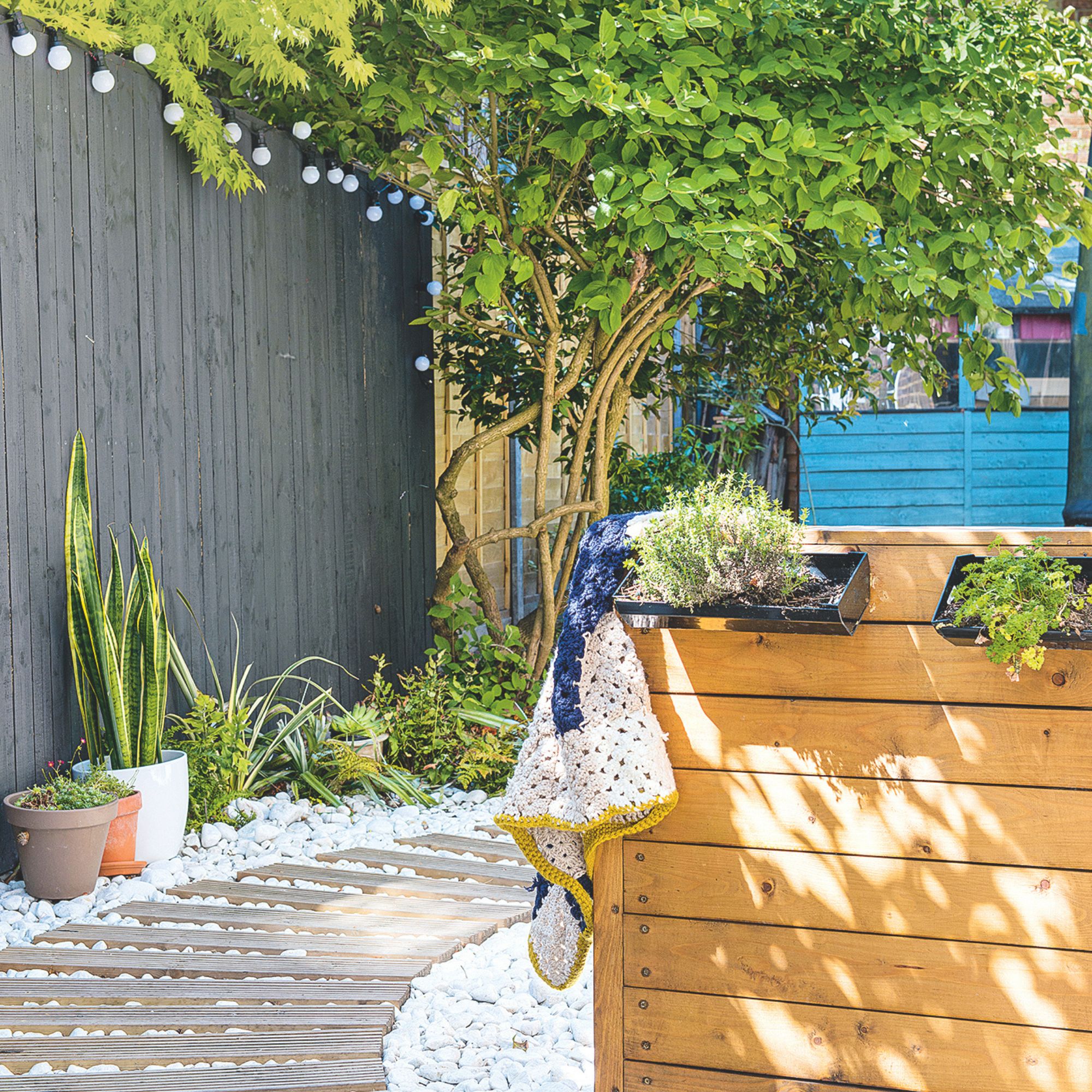
A fence can lean for many reasons - from a broken arris rail to poor drainage in the garden. That’s why Scarlett Wyatt from Wyatt and Son’s Fencing Ltd, advises, ‘If your fence is leaning, the first step is figuring out why. Tackling the root issue and reinforcing weak spots will keep your fence standing strong for years.’
So, find where the fence is leaning the most and inspect the area. Is the wood rotten? Is the post moving around in a pool of wet mud? If it’s any of the above, it may be that you need to improve the drainage in your garden or replace the fence entirely. But if the fence post or panel is just warped or bent slightly, you can proceed to the next step.
Of course, during this stage, it’s also a good idea to understand what fence is yours if you don’t want to spend your hard-earned time and money on fixing a fence that isn’t yours to fix.
2. Reinforce the posts with stakes
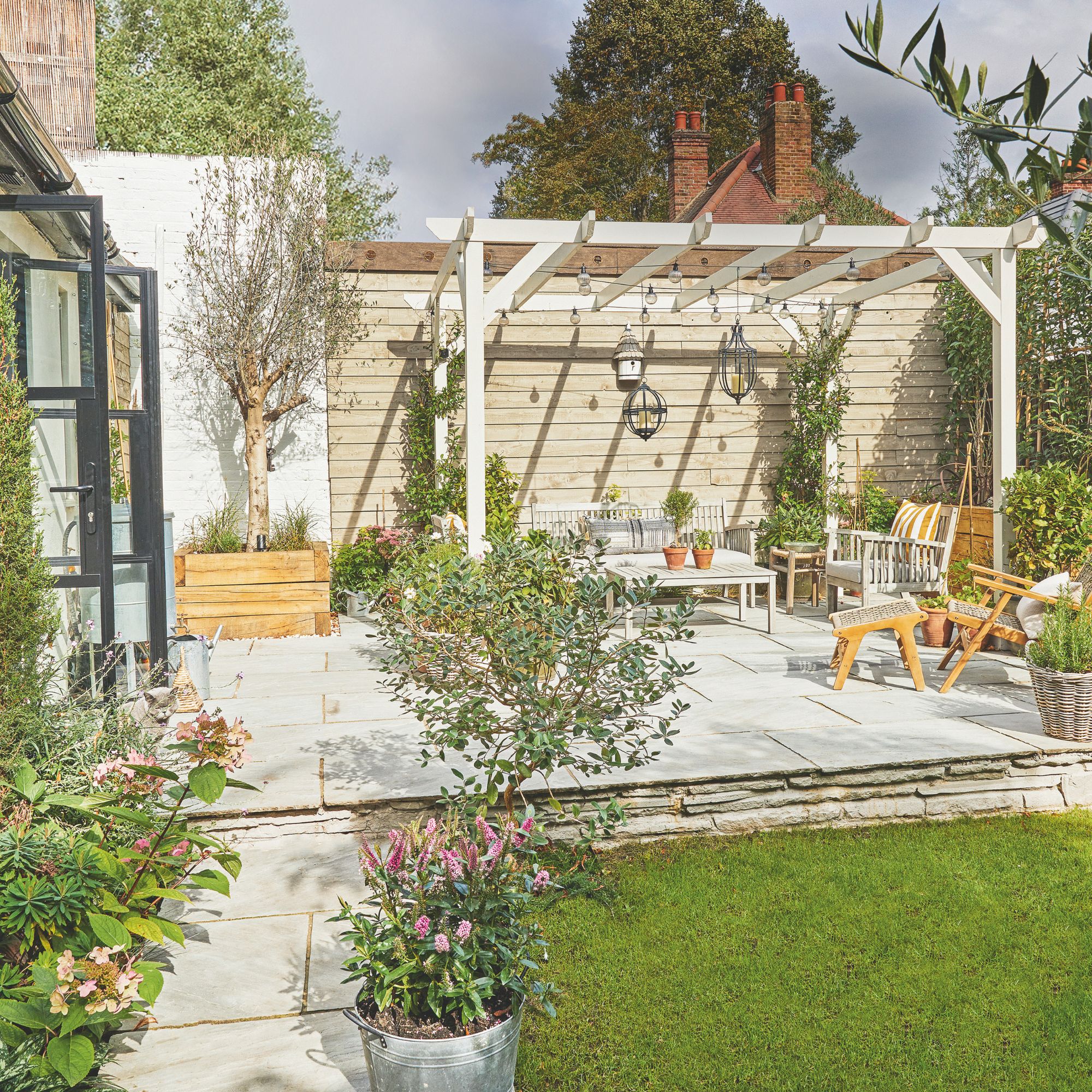
A leaning fence usually results from poor support - especially if you’ve recently experienced high winds or storms. And if that’s the case, you just need to bring in some reinforcements.
Daryl Shepherd, B&Q's Head of Buying for Building & Construction, says, ‘Fences often begin to lean due to the supporting posts being damaged. One way to reinforce damaged posts is with a concrete spur.’ This will require digging a hole for the spur before backfilling the hole with more concrete.
This can be expensive and may not be something every DIY-er is comfortable with, though. So, if you want to fix a leaning fence the easy way and don’t want to mess around with concrete or heavy machinery, you could also use repair stakes - like these Heavy Duty Steel Fence Post Repair Stakes - as a simple support. These are often made from strong metal like steel and can easily be inserted into the ground.
Luke advises to, ‘Drive the metal stakes into the ground at an angle on the side where the fence is leaning away from the vertical position - the stakes should be touching the fence to give it the most support. Make sure the stakes are deep enough to provide solid support.’
He adds, ‘Once the stakes are in the ground, use heavy-duty brackets or screws to attach them to the fence posts. This will help pull the fence back into an upright position.’
When this is done, taking a step back and assessing your fence is a good idea. If it’s upright, you can rest easy knowing that you’ve fixed your leaning fence. If it’s still leaning, you may need to install more supports or add additional supports into the mix.
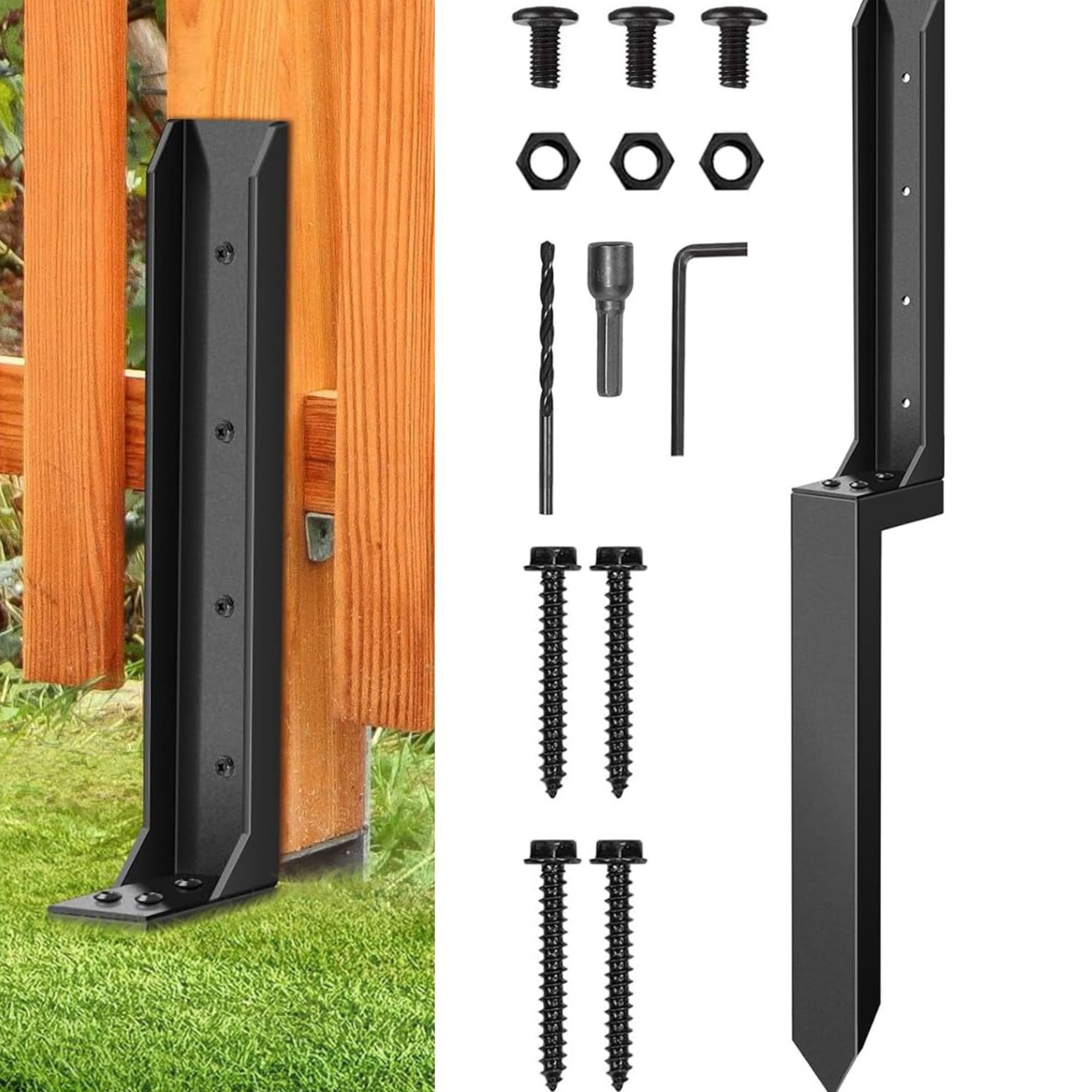
Made from alloy steel, these fence repair stakes have also been treated for rust and corrosion resistance, so they'll fix your leaning fence in any weather. This pack also comes with all of the fixings you'll need to get the job done.
3. Use supports or ties
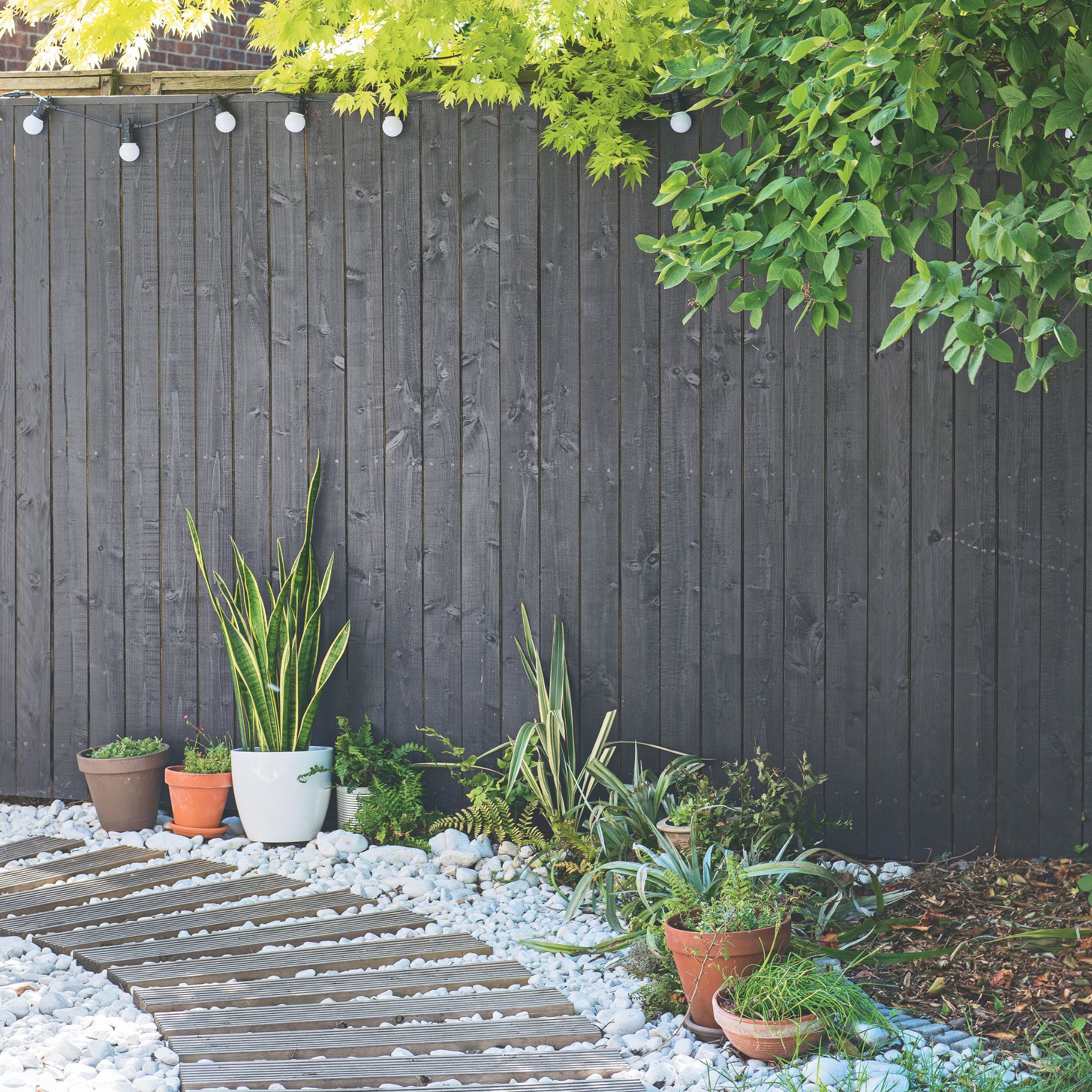
If your leaning fence is caused by leaning fence panels that need even more support, you may need to go one step further. Scarlett says, ‘If strong winds or weight are pushing the fence over, adding braces or tension cables can give extra support.’
If you can, opt for galvanised steel tension cables that can be drilled into the wooden posts or panels of your fence and then stretched across to keep the fence upright. By doing this, the panel will be unable to lean any further and should remain upright.
An added bonus is that you can grow the best climbing plants up them, too. This can work wonders if you want to hide an ugly fence as the plants will grow around the wires and offer them support as well.
Just remember that the above options may not be able to serve as a permanent solution to your leaning fence, but it should be able to keep it upright until you’re ready to replace it or tackle a bigger DIY job.
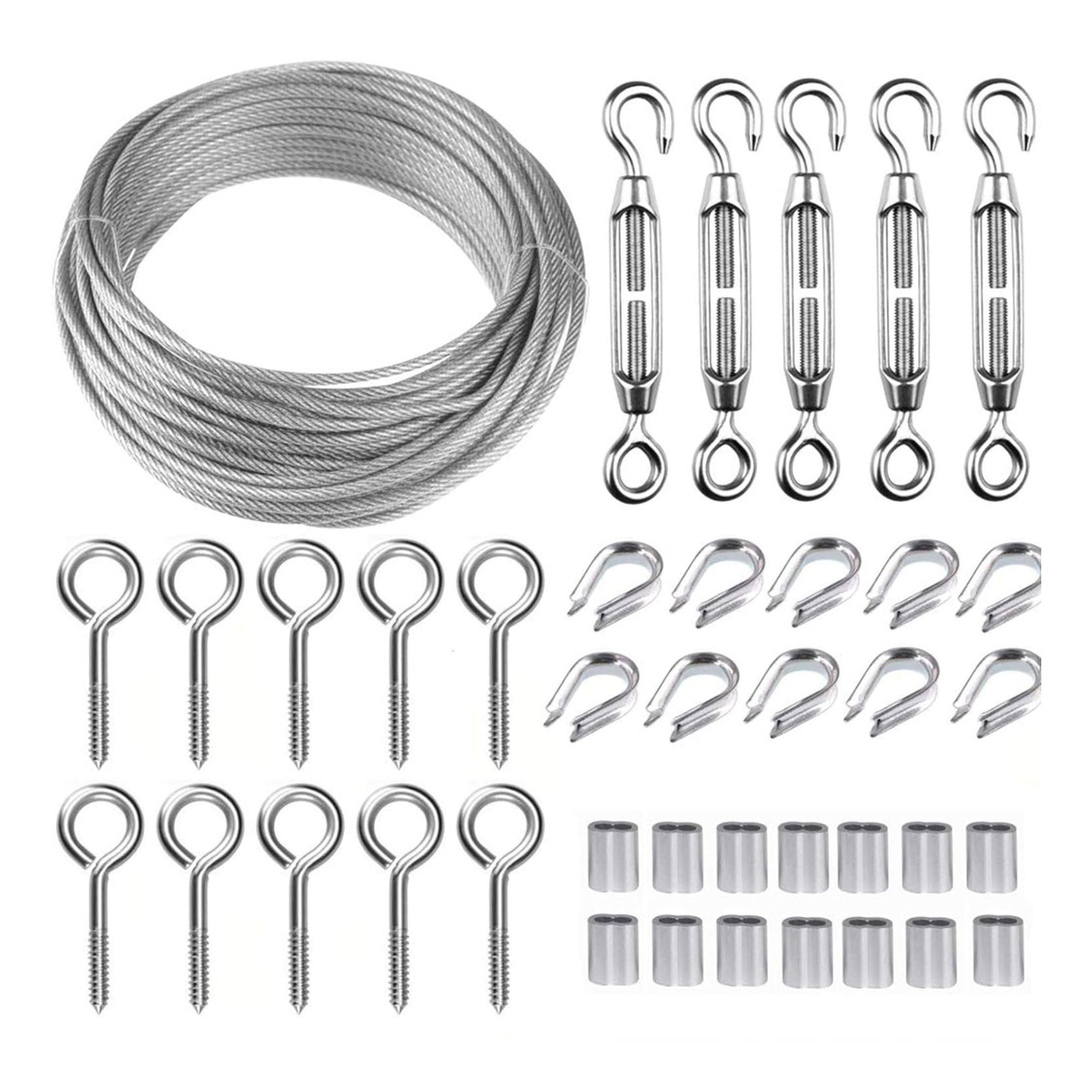
This tension kit comes with all of the bells, whistles, and hooks you need to fix a leaning fence. Simply attach the main hooks (top right) to your fence before passing the steel cable through the smaller hooks to hold everything in place.
FAQs
How do you hide a leaning fence?
If you don’t have the ability to fix a leaning fence immediately, you can hide it by planting climbing plants, large potted plants, ornamental grasses, or a hedge in front of it. However, it’s important to note that this can make the situation worse and cause the fence to fall down completely. Because of this, it’s best to fix a leaning fence as soon as you can.
How much wind can a fence withstand?
Typically, a wooden fence will be able to withstand winds of up to 60mph and a composite fence should be able to withstand up to 60mph of wind. This all depends on the structural integrity of the fence, though, so it’s important to take this with a pinch of salt.
As Daryl Shepherd, B&Q’s Head of Buying for Building & Construction, explains, ‘If a fence has become damaged, perhaps from strong winds, and is now leaning, you’ll need to repair it soon after to stop it from causing further damage to the rest of the panels.’
So, that's how to fix a fence the easy way! Do you have any other hacks you can share?
Get the Ideal Home Newsletter
Sign up to our newsletter for style and decor inspiration, house makeovers, project advice and more.

Lauren Bradbury has been the Content Editor for the House Manual section since January 2025 but worked with the team as a freelancer for a year and a half before that. She graduated with a Bachelor’s degree in English and Creative Writing from the University of Chichester in 2016. Then, she dipped her toe into the world of content writing, primarily focusing on home content. After years of agency work, she decided to take the plunge and become a full-time freelancer for online publications, including Real Homes and Ideal Home, before taking on this permanent role. Now, she spends her days searching for the best decluttering and cleaning hacks and creating handy how-to guides for homeowners and renters alike, as well as testing vacuums as part of her role as the Ideal Home Certified Expert in Training on Vacuums, having spent over 110 hours testing different vacuum models to date!
You must confirm your public display name before commenting
Please logout and then login again, you will then be prompted to enter your display name.
-
 Wood drenching is the calming new twist on the colour drenching trend – here’s how to make the look work in your home
Wood drenching is the calming new twist on the colour drenching trend – here’s how to make the look work in your homeIt’s easier than ever to embrace natural materials
By Maddie Balcombe
-
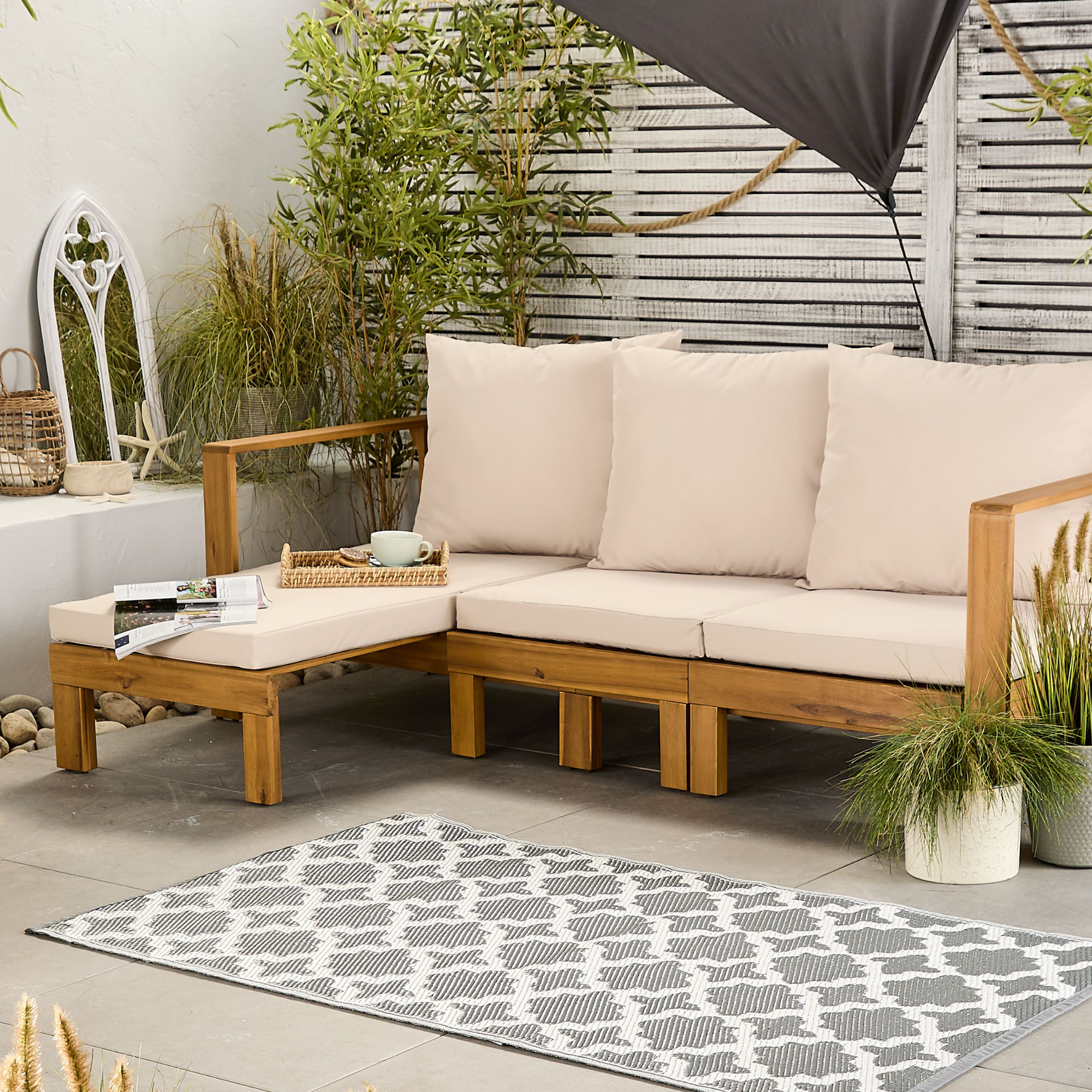 Aldi is launching a £200 day bed with four different features - its sleek design is suited to the whole family
Aldi is launching a £200 day bed with four different features - its sleek design is suited to the whole familyYou don't want to miss out on this Specialbuy
By Kezia Reynolds
-
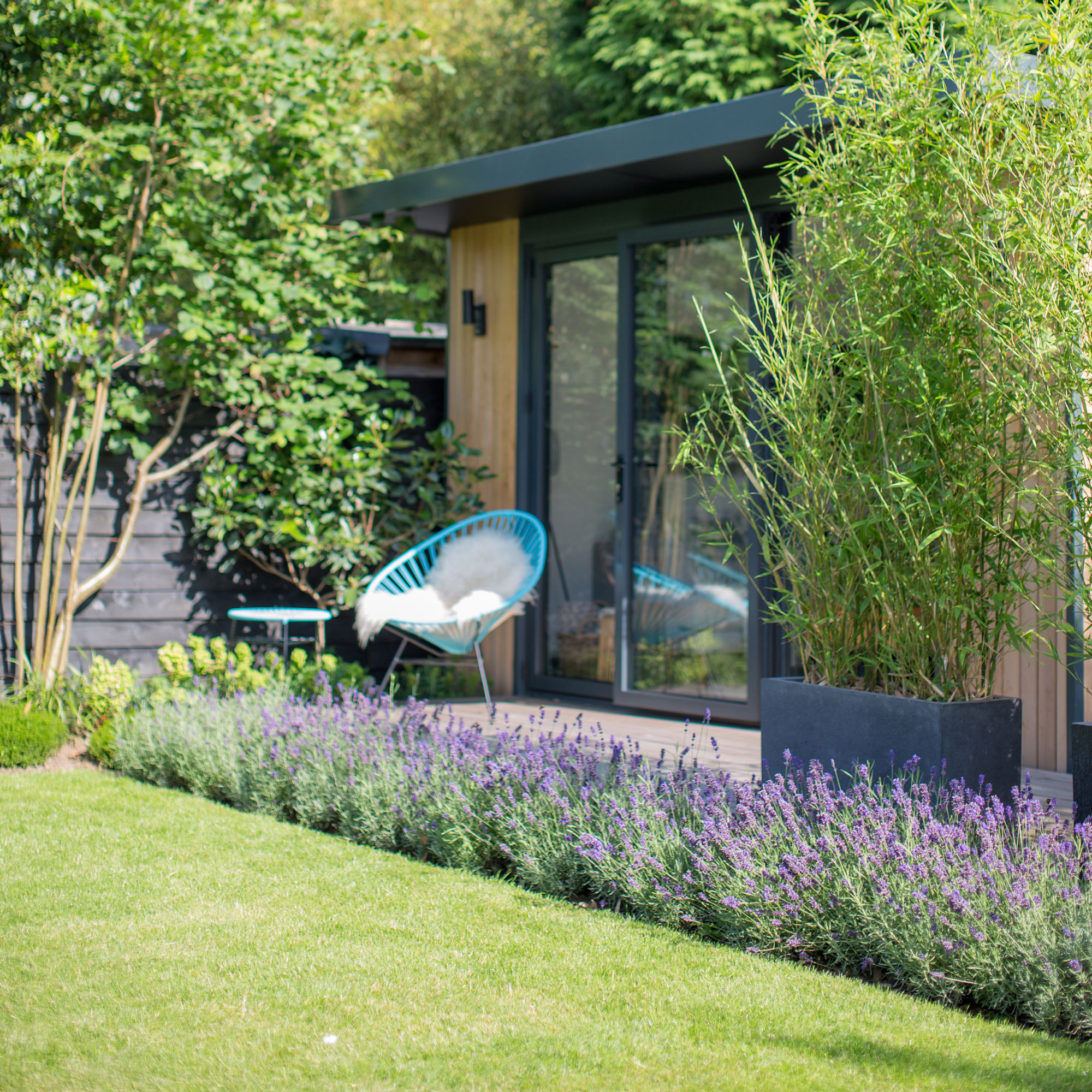 How to set up a drip watering system that saves water and a lot of effort
How to set up a drip watering system that saves water and a lot of effortKeep your plants hydrated (and your water bill down) with this clever garden watering solution
By Natalie Osborn